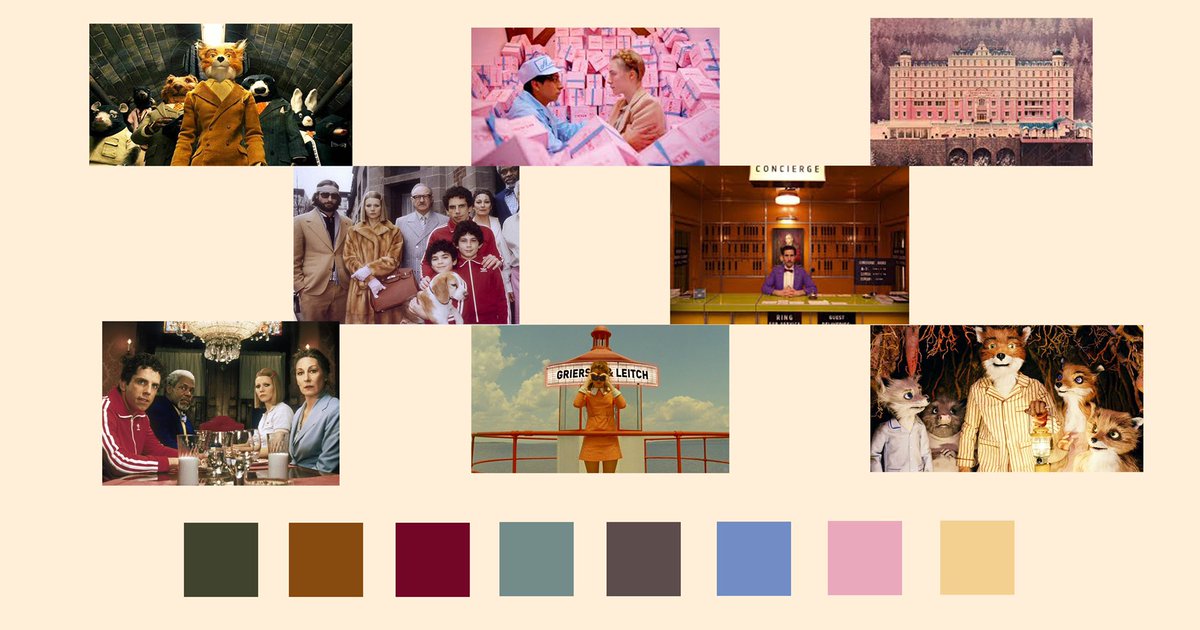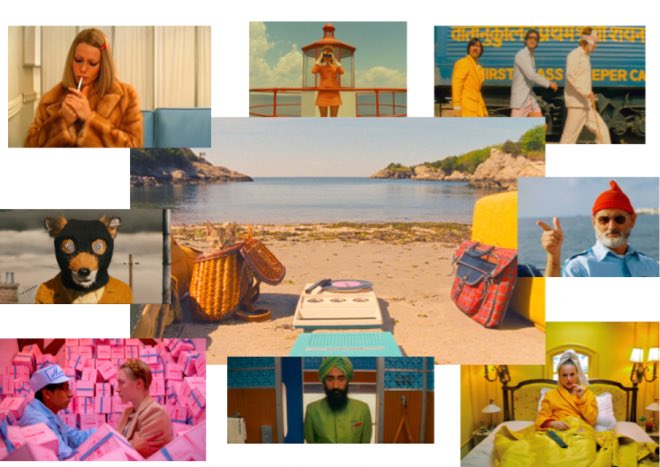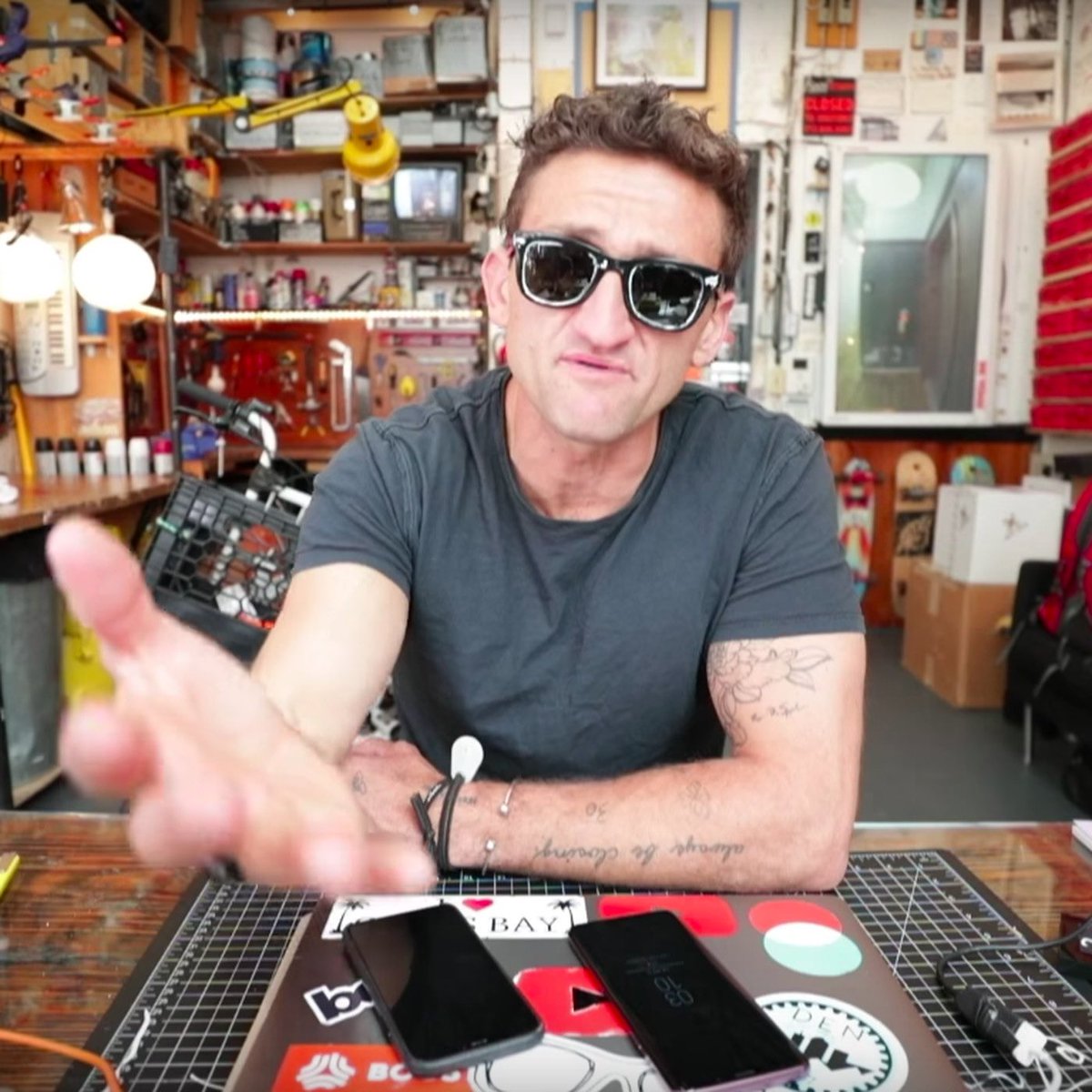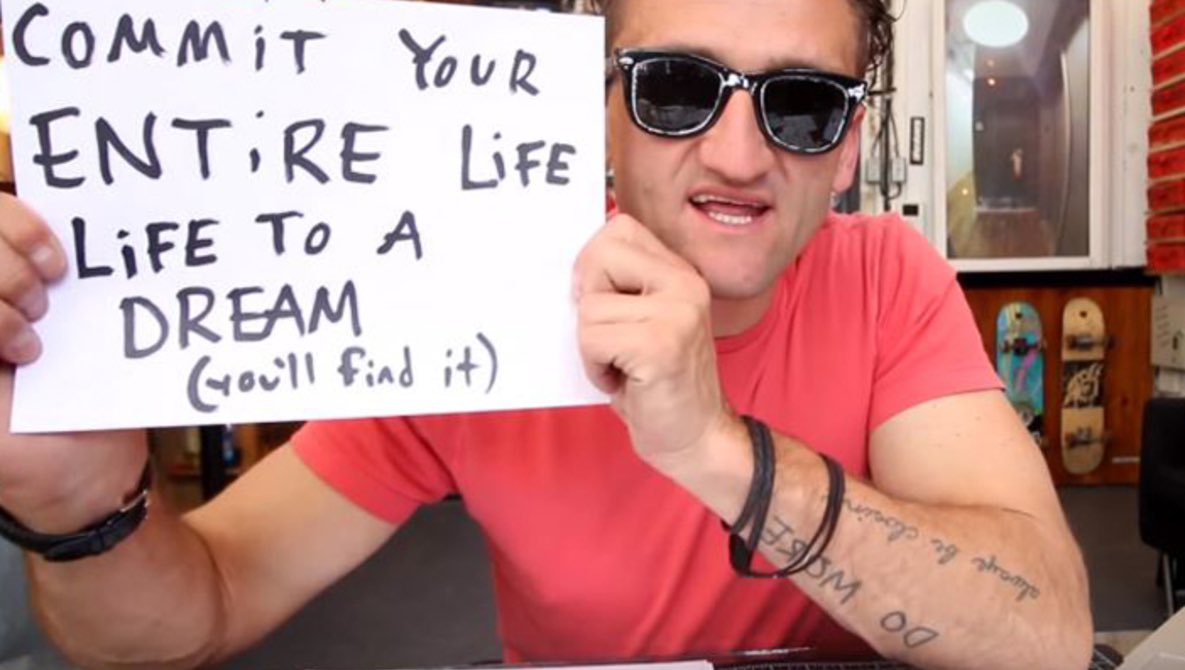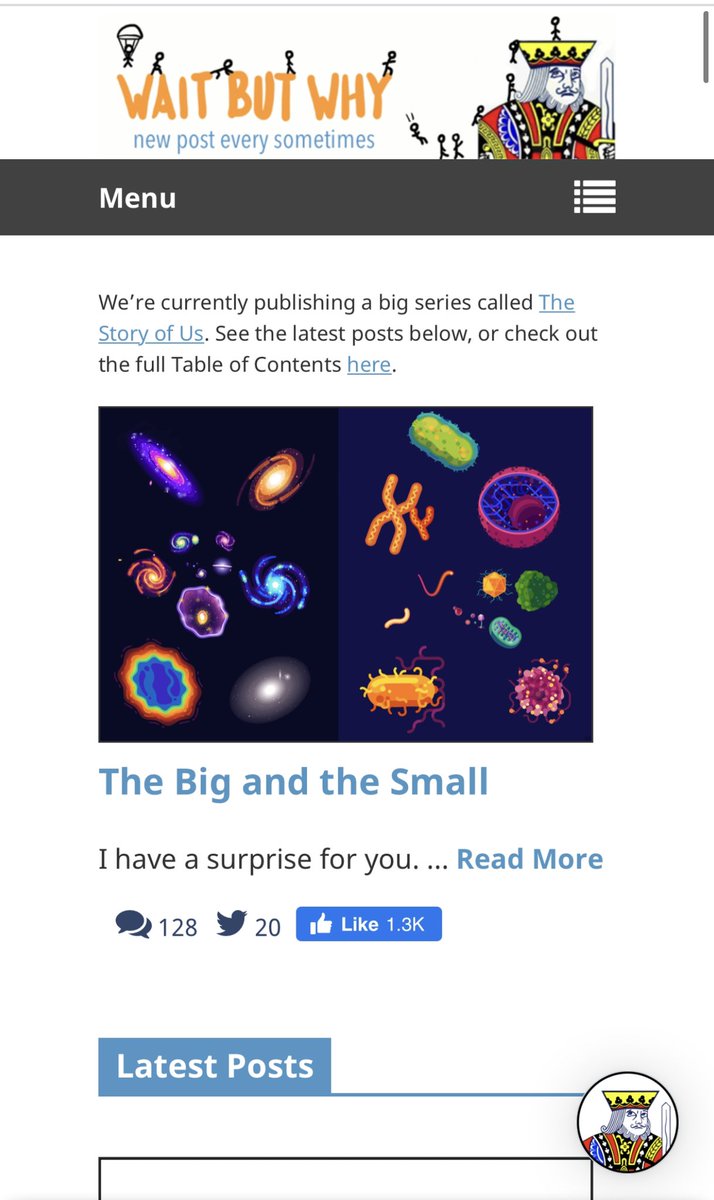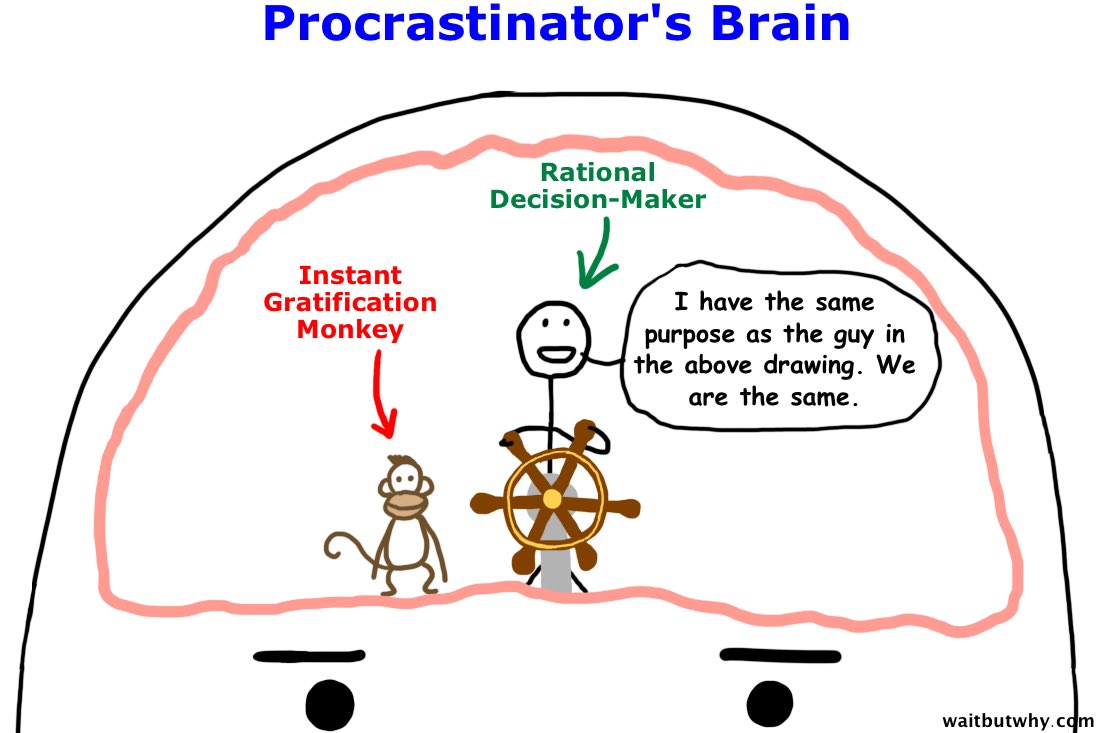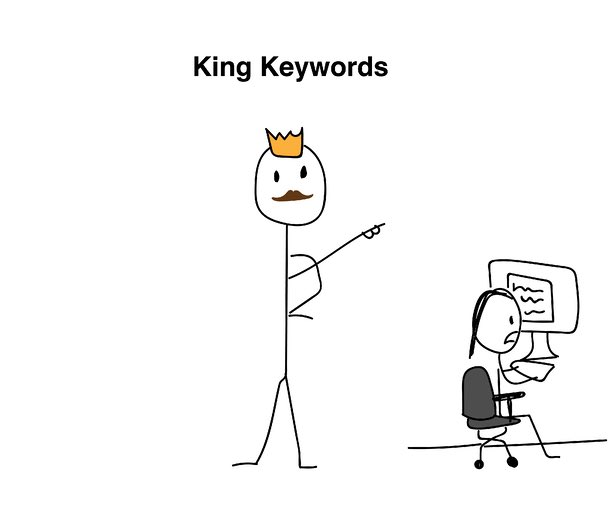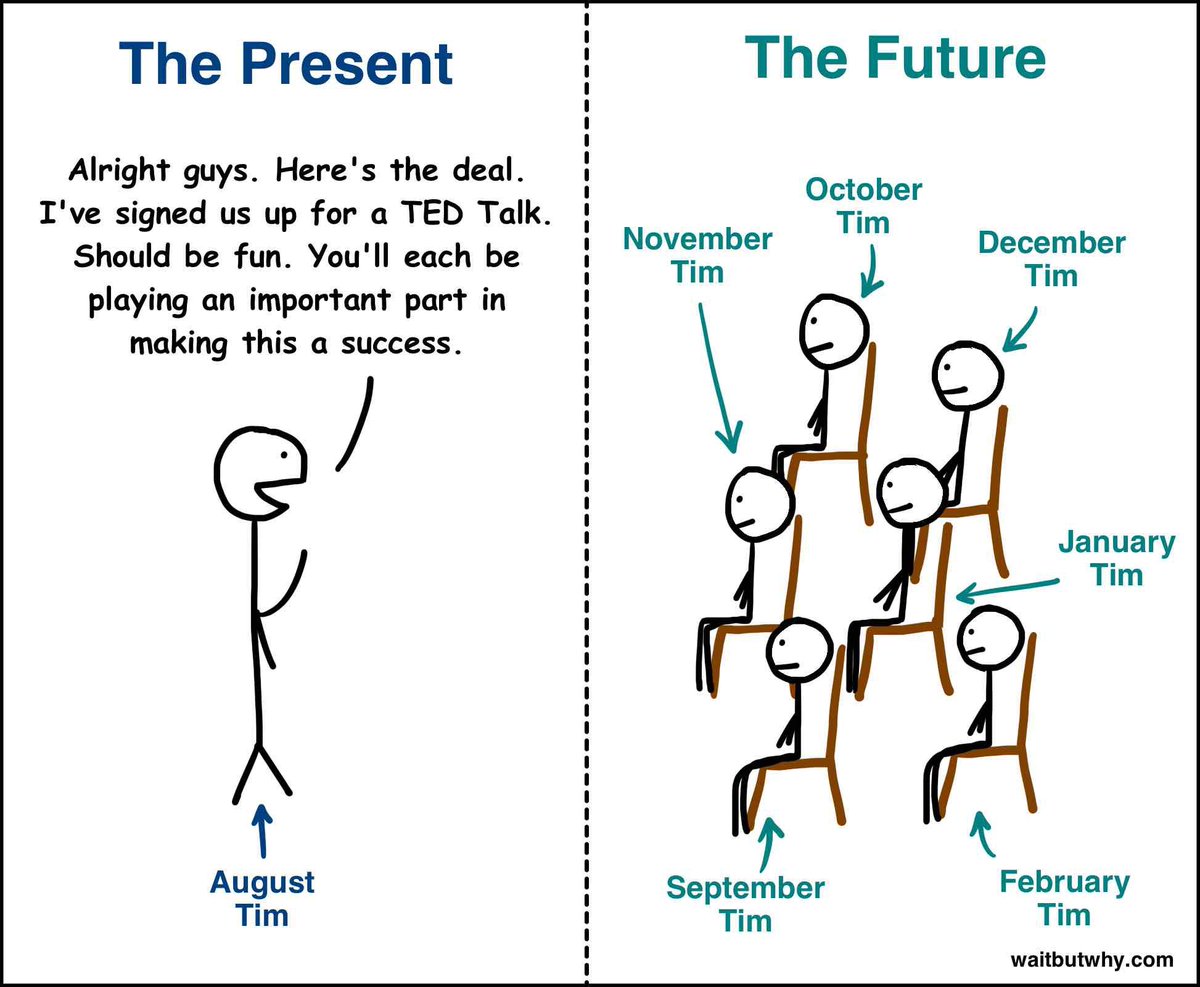
Creatives have two kinds of working:
1) Beer mode: A state of unfocused play where you discover new ideas.
2) Coffee mode: A state of focused work where you grind towards a specific outcome.
You find ideas in Beer mode and implement them in Coffee mode.
1) Beer mode: A state of unfocused play where you discover new ideas.
2) Coffee mode: A state of focused work where you grind towards a specific outcome.
You find ideas in Beer mode and implement them in Coffee mode.
“We get our ideas from our unconscious — the part of our mind that goes on working, If you’re racing around all day, ticking things off a list, looking at your watch, making phone calls you’re not going to have any creative ideas.”
— John Cleese
— John Cleese
https://twitter.com/david_perell/status/1343622731103956993
The problem with traditional productivity advice is that it doesn’t take beer mode seriously.
Standard tropes like turn off the Internet, tune out distractions, and turn towards your goals are examples of coffee mode thinking. But most creative ideas are born in Beer mode.
Standard tropes like turn off the Internet, tune out distractions, and turn towards your goals are examples of coffee mode thinking. But most creative ideas are born in Beer mode.
Beer mode is filled with surprises that are impossible to predict.
On most days, you feel like you wasted time because you don’t make a big discovery. But once in a while, Beer mode leads to a breakthrough that you would’ve never made in coffee mode.
On most days, you feel like you wasted time because you don’t make a big discovery. But once in a while, Beer mode leads to a breakthrough that you would’ve never made in coffee mode.

The see-saw of beer and coffee mode is like breathing.
Your best ideas emerge when you balance the inhale of beer mode with the exhale of coffee mode. Coffee mode rewards action, while beer mode rewards laughter. Coffee mode rewards focus, while beer mode rewards conversation.
Your best ideas emerge when you balance the inhale of beer mode with the exhale of coffee mode. Coffee mode rewards action, while beer mode rewards laughter. Coffee mode rewards focus, while beer mode rewards conversation.
https://twitter.com/david_perell/status/1369690289762414592
The best things I’ve written about the creative process are in this free 50-day email series.
Sign up below.
ageofleverage.com/50-days-of-wri…
Sign up below.
ageofleverage.com/50-days-of-wri…
• • •
Missing some Tweet in this thread? You can try to
force a refresh


